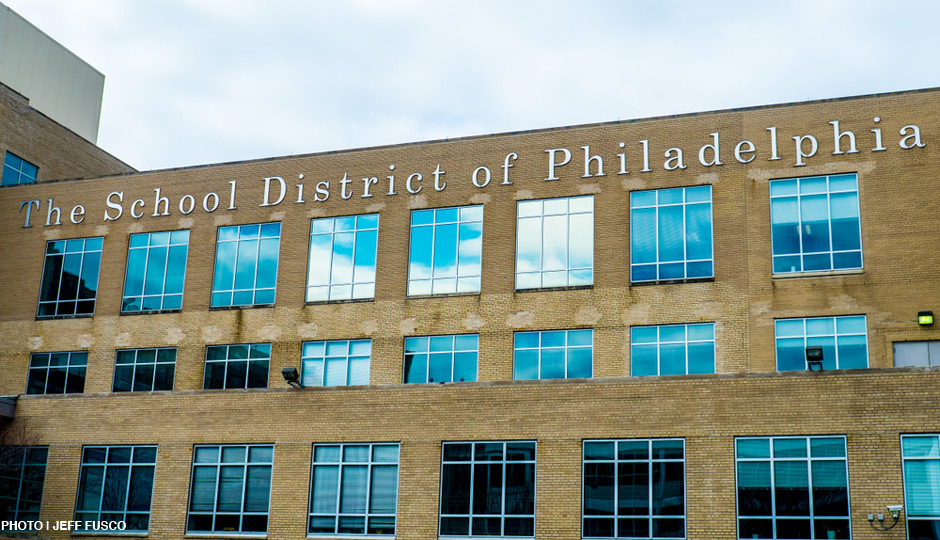PA Goes Easy on Charter Schools, But So Do Most States

Photo by Jeff Fusco
This year, the Philadelphia School Reform Commission has moved to close four charter schools for poor academic performance. That’s unusual, and controversial. Locally and across the state, charter schools are rarely closed, even when they are poor academic performers year after year.
That sort of lenience with charters is, it seems, not at all uncommon in the rest of the country.
A new study from the Pew Philadelphia Research Initiative found that the rules governing the creation, operation and closure of charter schools in Pennsylvania are not too different from those of other states.
The report — “How Charter School Governance in Pennsylvania and Philadelphia Measures Up” — compared the commonwealth to 15 other states that had at least one large urban district with a sizable number or percentage of its students enrolled in charter schools.
Philadelphia ranks high in both categories: its charter-school population of 60,000 is the nation’s third highest, and that number represents about 30 percent of its public school students. Only four urban districts — New Orleans, Detroit, Washington, D.C., and Cleveland — have higher percentages of students in charters than Philadelphia.
Pennsylvania was one of six states studied that vest the power to authorize and close charter schools solely in the hands of local school boards. In Philadelphia, that board is the School Reform Commission. Two states, New Jersey and Massachusetts, vest that power exclusively in their state education departments, while the other eight allow multiple authorizing agencies, including local governments and state universities in some cases.
Does local autonomy produce more variety and more accountability in charter schools? It appears not, according to Pew Philadelphia Research Initiative Director Larry Eichel. “Our research found that there does not appear to be any correlation between the methods used to authorize charter schools and the number of schools opening or closing,” he said.
In fact, Pennsylvania has just about the lowest turnover rate for charter schools of all the states studied. Only about 1.3 percent of all charter schools statewide are closed per year. But the median in the states studied wasn’t all that much higher, at 3.4 percent.
Other areas where Pennsylvania stood out were:
- Use of cyber charter schools. A higher percentage of Pennsylvania charter school students (28 percent) were enrolled in these state-authorized virtual charter schools than in any other state save Ohio (33 percent).
- Use of non-certified teachers. Only one state, Illinois, allows charter schools to hire more non-certified teachers for their staffs than does Pennsylvania, which permits up to 25 percent of teachers at a charter school to be hired outside the traditional certification process.
Pennsylvania’s low churn rate, Eichel said, ran against a major reason for the creation of charter schools: “Part of the original impetus behind charter schools was that you’d have schools that would experiment with instructional methods, and that there would be some fluidity in the number of schools as some closed and others opened.”
While there are several highly regarded independent charter schools that have distinctive educational emphases and philosophies, two large nonprofit operators, Mastery Charter Schools and Universal Companies, account for 22 of the 101 charter school facilities in the district.
The 15 states Pew chose for comparison were California, Colorado, Florida, Georgia, Illinois, Indiana, Maryland, Massachusetts, Michigan, Minnesota, New Jersey, New York, Ohio, Texas, and Wisconsin.


